The Cu Chi Tunnels: A Dangerous Underground Warzone in the Vietnam War
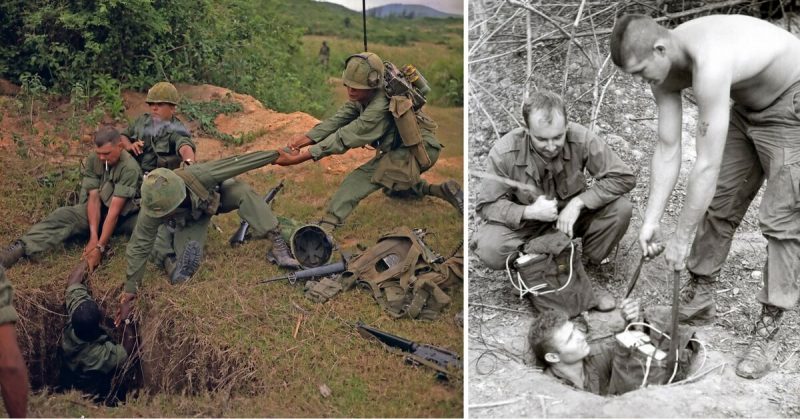
The Vietnam War pitted North Vietnam against South Vietnam. While the South was fighting the North, they were also fighting another group, the Vietcong, who were a militant group from the South who sympathized with the North. Of course, multiple countries became involved in the war including the United States, China, the Soviet Union, etc., but of these external groups, the Vietcong were perhaps the most unique in their tactics.
The Vietcong, alongside the North, dug tens of thousands of miles of tunnels underneath Vietnam. The digging began in the 1940s, and the Vietcong joined the efforts in the early 1960s. A key city in what was formally South Vietnam, Saigon (now Ho Chi Minh City) was the site of hundreds of these tunnels. These tunnels are now known as the Cu Chi Tunnels.
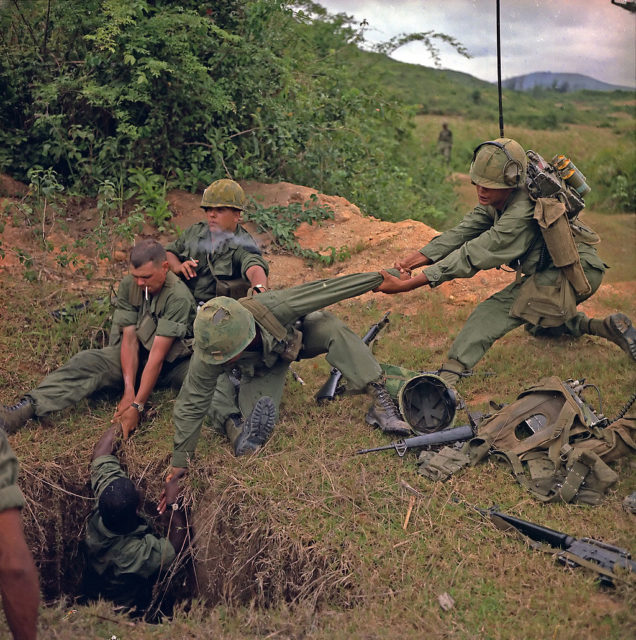
Saigon was the capital city of South Vietnam and the tunnels served as a means to move supplies, communications, troops, and equipment, while also providing the ability to perform sneak attacks. Not only were these tunnels small inside, they were also loaded with boobie traps. The South and their allies sought to combat these tunnels using tunnel rats and chemical agents but this was largely ineffective. The war fought in the tunnels was almost a whole other conflict in its own right.
When Were the Tunnels Made?
Vietnam’s tunnels were dug well before the war actually started. While the war began in 1955, the tunnels began being dug by Communist forces in the mid to late 1940s, with renovations occurring to tunnels already dug in the early 1960s. Tunnels were dug anywhere and everywhere in South Vietnam. Tunnels were typically carved without machinery, instead utilizing hand tools.
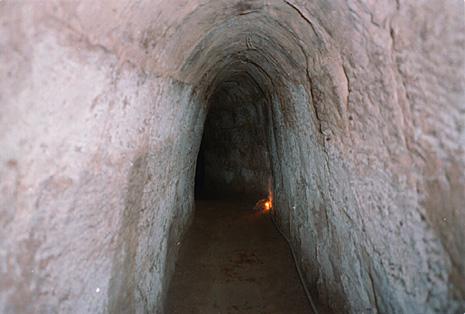
By the early 1960s, the United States had begun to increase its presence within Vietnam. In turn, the Vietcong and the Communist North began rapidly expanding their tunnel systems. The investment in the tunnel systems would pay off for the Vietcong and the North as they would aid in the defeat of South Vietnam.
How Were the Tunnels Used?
The Cu Chi Tunnels played a major role in the Vietnam War. Not only did they play an important role in the Tet Offensive, a major North Vietnamese attack on South Vietnam, but also in the Fall of Saigon (which ended the war). The tunnels served as a hideaway, not just for the military but communities as well. In some tunnels, entire villages could be found hiding. This is particularly true for areas that saw a lot of bombings.
While the tunnels were used to house civilians as well as troops, they were also used to run supplies and communications. With such a large underground network, this could be accomplished fairly easy.
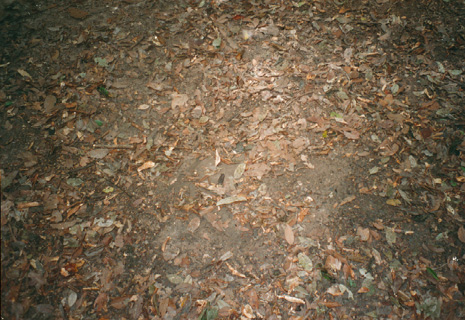
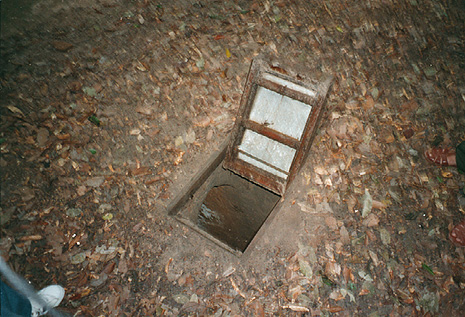
In terms of military tactics, the tunnels saw a lot of use in the development of boobie traps. Commonly, traps used trip wires and explosives. These trip wires could activate many things, from a simple grenade falling, to stranger things like scorpions and dangerous snakes falling onto the soldiers who activated the wire. Of course, the Vietcong utilized trap doors and other practices as well, such as sharp objects designed to pierce whoever was unfortunate enough to find themselves in a boobie trap.


No comments:
Post a Comment